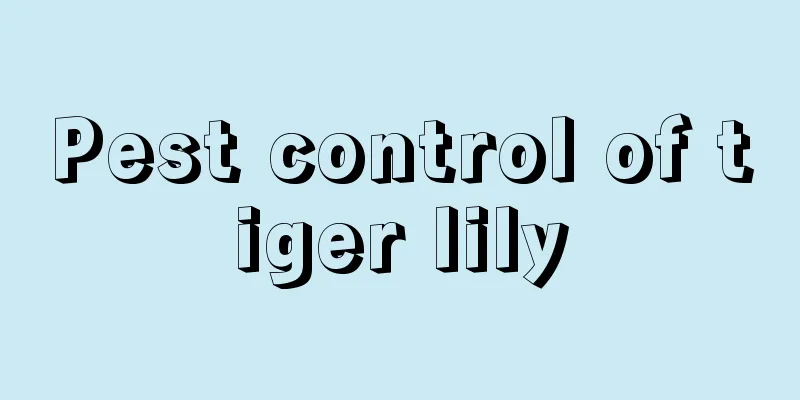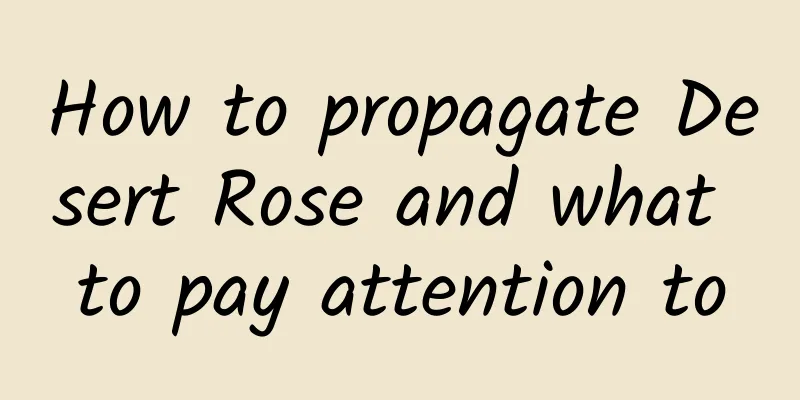Pest control of tiger lily

Scale insectsSymptoms of harmScale insects are relatively small and difficult to detect when the disease first occurs, especially in the variegated snake plant. Many flower lovers will mistake them for normal spots, but when the disease is serious, white bumps may be found on the leaves. Scale insects mainly parasitize on the stems and leaves of Sansevieria and feed on the leaves. Prevention and treatment methods Drug control: After discovering the disease and insect pests, spray 1000 times of 40% oxychloride or 3000 times of 2.5% cypermethrin in time to kill them. Spray once every 7-10 days, for 2-3 times in a row. SlugSymptoms of harmThe snake plant slug mainly parasitizes on leaves, feeding on them and leaving holes in them, which affects the plant's appearance. Slugs have an amazing appetite. Once you discover the adult slugs, the leaves of the plant will soon be completely eaten up. Prevention and treatment methodsChemical control: When the disease occurs, spray 1.5kg to 3kg of 3% Methotrexate granules, or mix the agent with fine soil and spread it around the plants. Artificial control: Slugs like to live near ditches and wetlands. You can build a place where slugs like to live, put the food that slugs like, such as young cabbage leaves, in the place as bait for artificial catching. MitesSymptoms of harmMite pests mainly harm the leaves of plants, piercing and sucking the stems and leaves of plants. In the early stage, there are a large number of needle-sized, yellow-brown spots on the front of the leaves that are chlorotic. Sometimes it starts from the leaves in the middle of the plant, and the leaves gradually turn yellow. Prevention and treatment methodsAfter discovering the pests and diseases, apply 1000-1500 times diluted 40% dicofol emulsifiable concentrate or 2000 times diluted 20% cypermethrin wettable powder. If it is kept at home or in the kitchen, it is recommended to spray the pesticide outdoors and then move it indoors after the pests are killed to avoid affecting the living environment. |
<<: Pest and disease control of sweet olive
>>: What to do if the rubber tree has bugs
Recommend
Is wood ash a common potash fertilizer? (The efficacy and function of wood ash in plants)
Wood ash is a good potassium fertilizer The potas...
Why do succulents grow fast in greenhouses?
1. High temperature and high humidity Greenhouses...
How to keep cantaloupe seeds? Seed treatment and planting methods
How to keep cantaloupe seeds Muskmelon is also ca...
"White sugar" is available in every household. Use it to water flowers and the yellowing leaves of asparagus fern will disappear!
The shaping can be accomplished through acquired ...
How to make cuttings of Begonia take root quickly?
Many of you probably know about Begonia, and ther...
The Flower Language of Pansy
1. Flower language Pansy is a common roadside gre...
Cultivation methods and precautions of Croton
1. Breeding methods 1. Watering: It has high requ...
How to grow fruit blue
1. Environment 1. Soil: Fruit blue is not very de...
What flowers are suitable for growing in Ulanqab? What are the city flowers and trees?
1. Climate characteristics of Ulanqab Ulanqab has...
How to propagate Clematis by cuttings
1. Pruning Cut 20 cm long branches. It is best to...
How long does it take for peanuts to bloom? How long does it take from germination to flowering?
How long does it take for peanuts to bloom? After...
How to cultivate colorful trachycarpus
1. Lighting When cultivating the Ichthyophthirius...
The flower language and origin of the name of Aloe Queen
Flower language of Aloe Queen The flower language...
How to prune plum blossoms
By species Plum blossom is an ornamental tree spe...
Cutting method of purple leaf pulp grass
1. Cutting time Purple-leaved sorrel grass cuttin...









